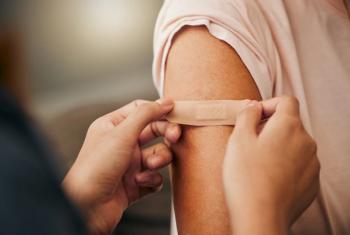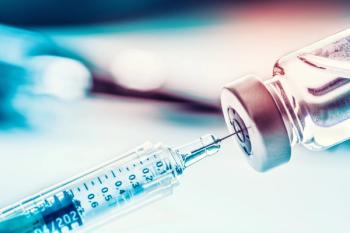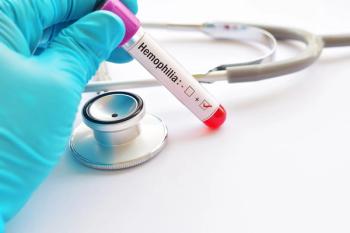
Performance-enhancing substances in teens
The pressures to perform and improve physical appearance are driving teens to experiment with performance-enhancing agents. This review bring pediatricians up to speed about this unsafe trend.
This apparent widespread abuse of performance-enhancing substances among professional athletes, along with increasing media coverage, raises several questions for pediatricians. How has this increase in public attention influenced the use/abuse of performance-enhancing substances within our pediatric population? And how common is PES abuse among adolescents?
In a 2005 policy statement, the American Academy of Pediatrics (AAP) defined performed-enhancing substances as "any substance taken in non-pharmacologic doses specifically for the purposes of improving sports performance. It is also applied to any substance that can cause changes in behavior, arousal level, and/or perception of pain."7
But just how prevalent are these agents among today's youth? In one recent study of more than 10,000 teens (ages 12 to 18) throughout the US, 8% of adolescent females and 12% of adolescent males reported using products to improve their appearance, muscle mass, or strength. These products included protein shakes, creatine, amino acids, steroids, and growth hormone.8
Newsletter
Access practical, evidence-based guidance to support better care for our youngest patients. Join our email list for the latest clinical updates.










